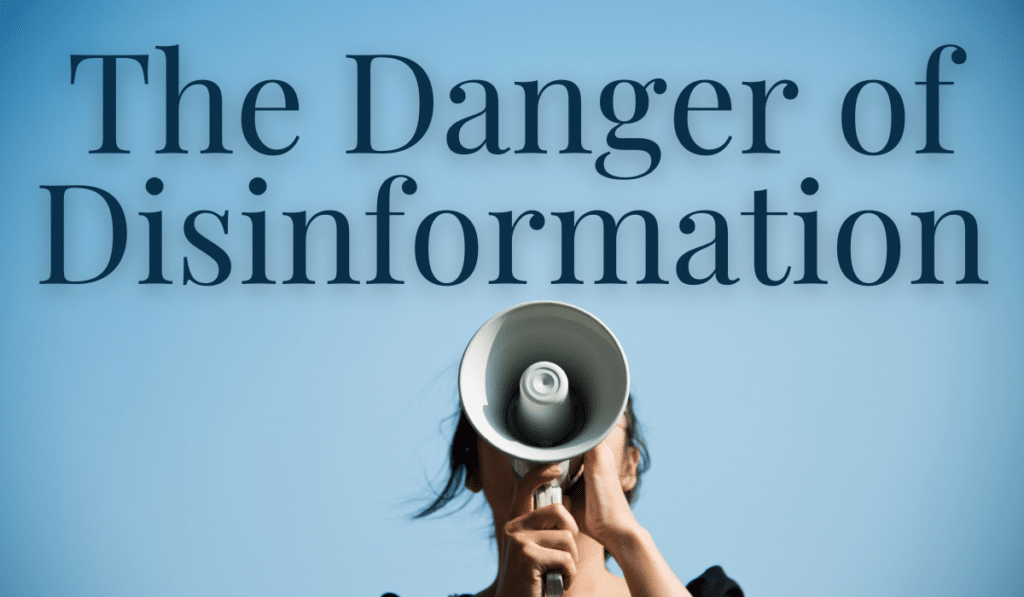Disinformation refers to intentionally false or misleading information spread through various mediums, including social media, websites, and online forums. Its primary objective is to manipulate public opinion, exploit vulnerabilities, and create confusion among individuals. Disinformation can take many forms, such as fake news, rumors, fabricated images or videos, and conspiracy theories. And it plays a role in your cybersecurity.
What is Disinformation?
Disinformation and misinformation are both terms used to describe false or misleading information, but they have slightly different meanings.
Misinformation refers to false or inaccurate information that is shared or spread unintentionally. It may result from a lack of knowledge, misunderstanding, or even a genuine mistake. Misinformation can be spread by individuals who are unaware of its falsity. It can also be spread via media outlets that inadvertently publish inaccurate information.
Disinformation, on the other hand, refers to false or misleading information that is deliberately created, disseminated, or amplified with the intent to deceive or manipulate others. It is a form of intentional deception often used for strategic purposes. This can include influencing public opinion, promoting a particular agenda, or undermining trust. Disinformation can be spread through various channels, including social media, websites, news outlets, and even in-person communication.
The Impact Disinformation Can Have
Disinformation poses a significant threat to individuals and their cybersecurity posture. Spreading false information can lead to untrue narratives becoming beliefs. Cybercriminals aim to then exploit vulnerabilities and further manipulate public opinion.
This can come to life in various adverse scenarios that affect your cybersecurity such as:
- Phishing Attacks: Spreading deceptive information often serve as a precursor to phishing attacks. Cybercriminals may use this information to lure unsuspecting individuals into clicking on malicious links or providing sensitive information, thereby compromising their cybersecurity.
- Social Engineering: Disinformation campaigns aim to exploit human psychology, including fear, curiosity, and confirmation bias. By manipulating our emotions and biases, cybercriminals can trick individuals into revealing confidential information or granting unauthorized access to their personal accounts.
- Malware Distribution: Disinformation can also be used as a vehicle to spread malware. By disguising malware-infected links or files as legitimate content, cybercriminals can exploit people’s trust in the information they encounter online, leading to potential data breaches, ransomware attacks, or financial losses.
- Influence on Decision-Making: Disinformation can sway public opinion, thus affecting the decision-making process of individuals, businesses, or even governments. False information can mislead people into disregarding essential security measures or adopting risky practices, leaving them vulnerable to cyber threats.
Safeguarding Yourself and Your Business
Be cautious when consuming information online. Always verify the credibility of the sources, and cross-reference information from multiple reliable sources. Then fact-check claims before accepting them as true. Ongoing training will help to educate your team about tactics that are being used to spread disinformation. With that education, they will learn to identify and avoid the practices that are commonly used.
Additionally, keeping software updated and implementing strong security measures work with human defense practices to keep data safe from compromise. If you would like to learn more about the many ways that Breach Secure Now can help, contact us today!
The post The Danger of Disinformation appeared first on Breach Secure Now!.





